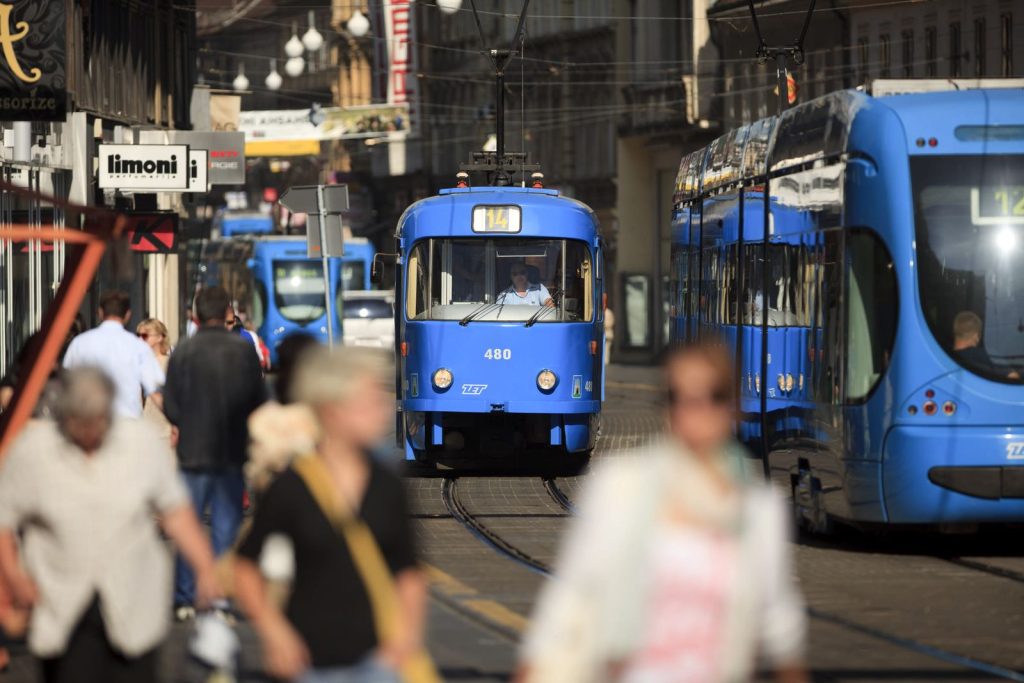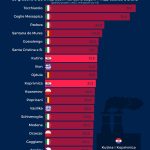
Could June bring the reactivation of at least part of the enfeebled Croatian economy with it, along with some warm weather? Statistics, although cold, provide a glimmer of hope.
As Novac writes on the 12th of June, 2020, the seven-year recovery period for the European Union’s labour market has been abruptly stopped in its tracks by the economic turmoil caused by the coronavirus pandemic, and unemployment has risen in almost all member states.
The seasonally adjusted unemployment rate for most EU27 members rose back in March, but at the level of the EU27 average itself, it remained the same as in the previous month (6.4 percent), which was also the lowest rate in twelve entire years. The unemployment rate continued to fall and was 98,000 lower in March than it was in February.
In April, the disruption was stronger due to the month-long economic ”closure” of almost all EU member states, and the total number of unemployed people rose by 398,000 to a concerning 14.1 million. The unemployment rate rose in all member states except Italy and Denmark, which resulted in an increase in the rate at the EU27’s level to 6.6 percent.
However, compared to the same month last year, both the number of unemployed people and the unemployment rate across the EU27 remained lower than it was in April, although only a few member states had a lower rate – Denmark, Poland, Portugal and Finland.
The highest rate decline was recorded in Italy (by 3.9 percentage points), which had a strong impact on the EU27 average. However, the decline in the unemployment rate in Italy was based on a sharp decline in the participation rate, rather than on employment growth itself. Namely, Italy, due to its sheer size, significantly affects the EU average. The unemployment rate there fell in both March and April, but with a simultaneous reduction in the number of employees and a sharp decline in labour market participation by more than three percentage points.
The drop in the participation rate is a result of the fact that a significant number of people postponed active job searches due to the terrible Italian epidemiological situation, so they were recorded as inactive during these two crisis months and not actually as unemployed, which means that unemployment growth was probably postponed a little.
According to these Eurostat statistics, Croatia was the third largest member state when it comes to the highest employment growth during the first quarter, but it was also among the member states in which the seasonally adjusted unemployment rate rose in March, it was also among those where it rose sharply in March and April (in March by 0.6 percentage points, and in April by 1.3 percentage points).
Thus, the Croatian economy managed to gain a slightly worse position in the EU27 during the crisis months of March and April – in April it had the seventh highest rate, while just before the start of the pandemic (in February) it had the tenth highest rate in the EU27. As such, it moved away from the EU27 average, to which it was very close last year and at the beginning of this year.
Although the positive developments on the EU’s labour market were interrupted in these extraordinary circumstances caused by the ongoing coronavirus pandemic, this increase in unemployment in the most critical months so far was actually below expectations. Namely, it can be concluded that the measures taken by EU member states, which were mostly mostly focused on job retention, significantly mitigated the growth of unemployment.
Namely, the unemployment rate was expected to exceed 8 percent in April, and it was still kept at a lower level of 6.6 percent (although this was partly a reflection of the decrease in labour market participation, which affected the decrease in the number of registered unemployed people).
At the same time, when labour market developments across the EU are compared with those across the Atlantic in the US, a huge difference can be easily seen, which can still be attributed to the effects of the measures taken by countries since March.
Across the pond in the USA, which didn’t focus its measures on preserving jobs, the unemployment rate rose by 0.9 percentage points in March, and by a shocking 10.3 percentage points in April, to the highest level (14.7 percent) since the devastating Great Depression. However, positive changes were visible in May, with the rate falling to 13.3 percent, the number of unemployed decreased by more than 2 million (to 20.98 million), and the number of employees increased by 3.8 million (to 137.2 million).
Administrative data on unemployment in Croatia currently shows a good short-term trend given the dire circumstances. Namely, the number of unemployed people on June the 10th, 2020, stood at 153,467, which was 4,372 less than at the end of May and 5,767 less than at the end of April.
As the trends changed after the introduction of the wage subsidy of 4,000 kuna, it should be expected that unemployment will move until the implementation of the government-introduced measures comes to an end.
Data for the first ten days of June provide a much needed glimmer of hope that the reactivation of the Croatian economy may come more quickly than was previously expected, because in those ten days of June – 8,842 people from the Croatian Employment Service’s records were stated as being employed (mostly in tourism, trade and manufacturing), which is at the level of 89 percent of employees throughout May.
Since Croatia has already opened its borders to its most important emitting tourist markets, and Germany and Austria are expected to lift their respective travel restrictions from the 15th of June, it would be fair to expect this to have an immediate positive impact on Croatian tourism and then indirectly on the Croatian economy and as such, on the labour market.
For more on the Croatian economy, follow our business page.








